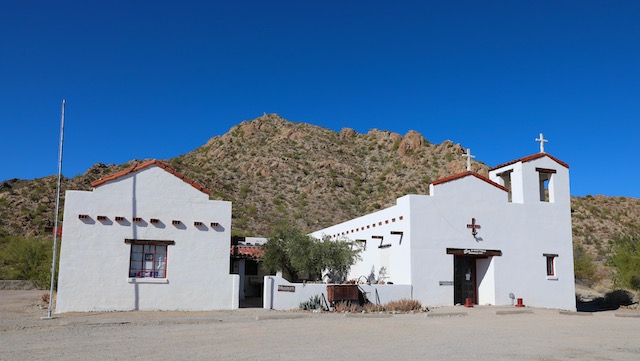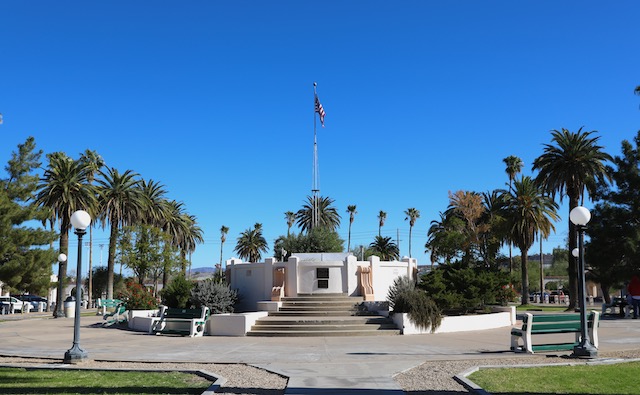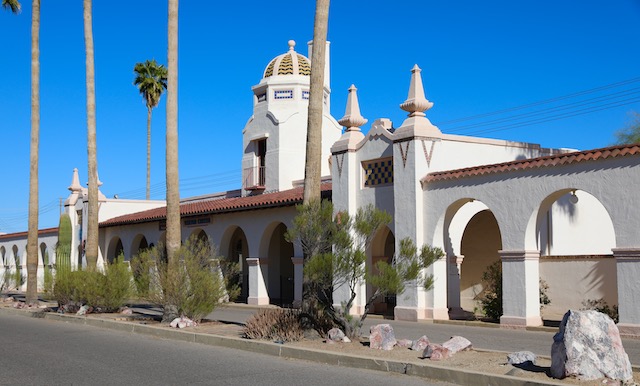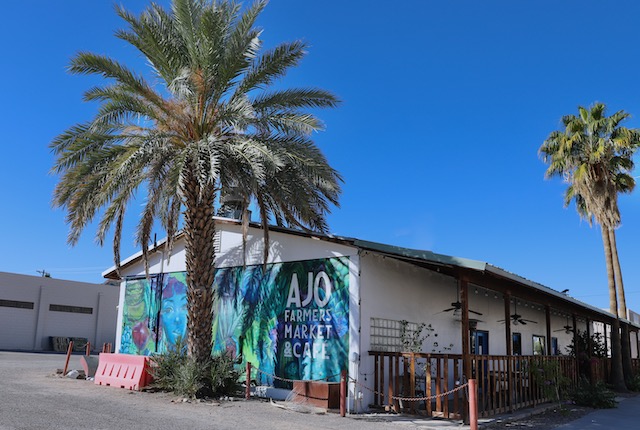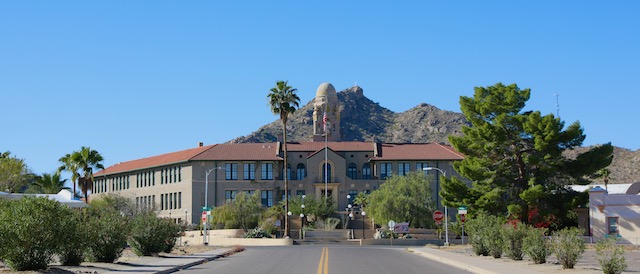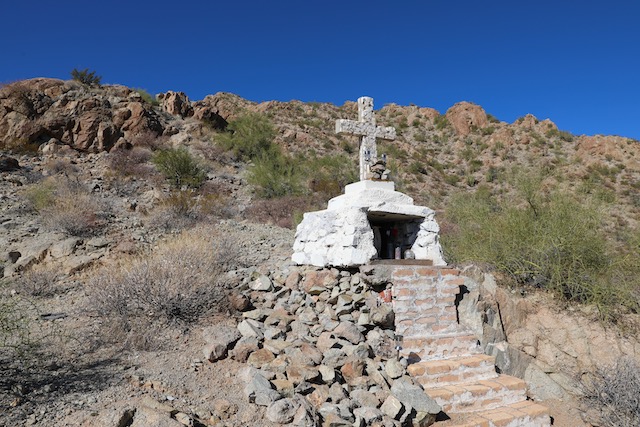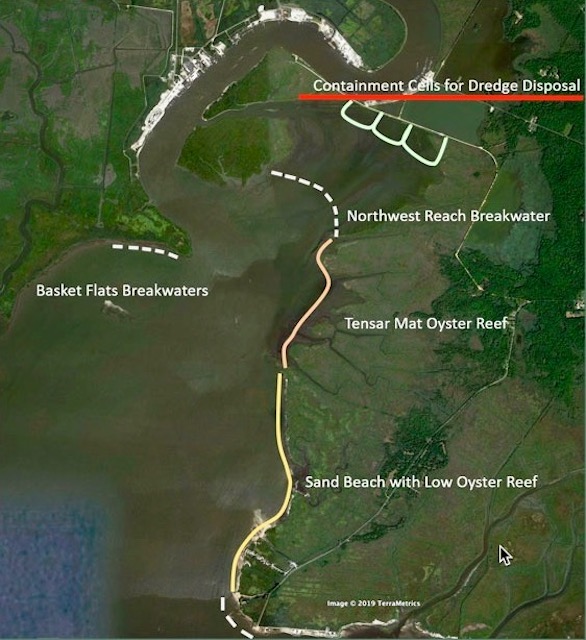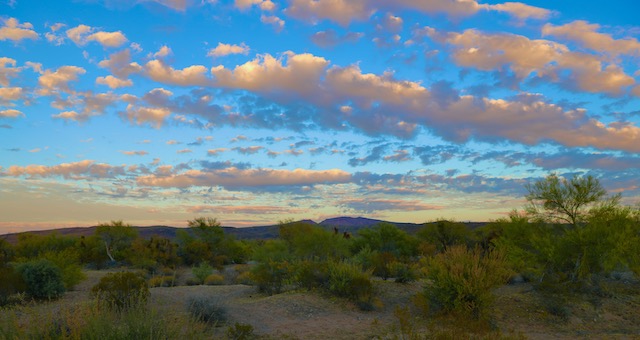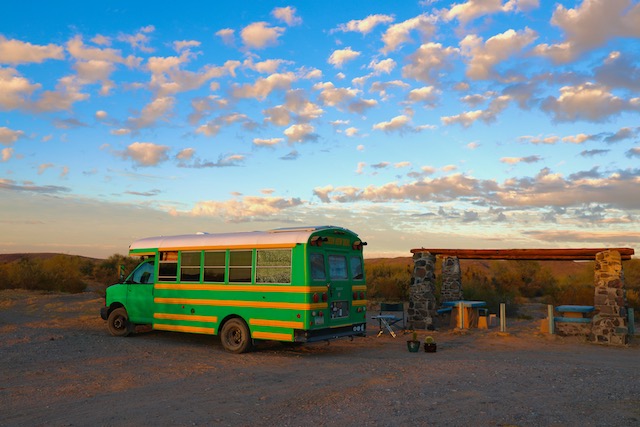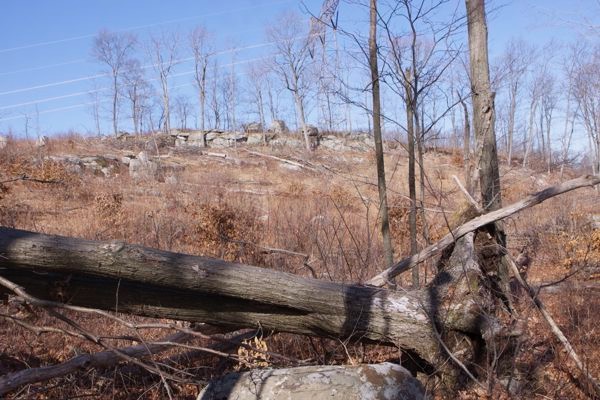
NJ Audubon and DEP logging on Sparta Mountain
NJ Audubon Stoking Green Cover For Faux “Forest Stewardship”
DEP “Manufactures Doubt” On Climate To Avoid Restrictions On Logging Public Lands
I had planned to do an in depth series of posts on Gov. Murphy’s DEP draft “Forest Action Plan“, but haven’t gotten around to that yet.
But because tomorrow is the close of public comment on the plan, I felt obligated to at least provide this heads up. I apologize for this last minute warning.
While the DEP Plan has been under development and “Stakeholder review” (AKA hand picked friends of DEP with economic interests in logging public lands or forestry consultants for private lands) for almost 2 years, the actual public comment period is just 30 days. Of course, this is totally unacceptable.
People can submit comments on the plan until tomorrow (Friday, December 11, 2020), Hit this link to do so (if only to demand a 90 day comment period).
For now, I want to highlight the gross failure of the DEP Plan to recognize the science and urgent threat of the climate emergency.
Remarkably, instead of applying climate science to support a Plan for aggressive afforestation and a moratorium on logging public and private lands, the DEP Plan uses climate threats to justify even more logging.
DEP relies on numerous questionable interpretations of forest and climate science that are cherry picked to do so, including exaggerated threats of wildfire, insect infestations, habitat creation for single species, the need for “thinning” (Trump absurdly referred to this as “raking the forest”) and erroneous claims about lack of “age class diversity” in NJ’s forests.
It is simply shameful to see how DEP is misusing this summer’s catastrophic California and western wildfires to try to scare NJ residents into supporting logging (what DEP calls “active management”).
Worse, the DEP adopts a shameful industry practice – pioneered by the tobacco industry, then the chemical industry and now the fossil industry climate deniers – known as “manufacturing doubt” to avoid regulation.
Check this out, which is the core of DEP’s failure. Here’s the key assumption (on p.183-184) DEP relies on to dodge the climate issue:
“In this planning cycle, it was possible to make inferences about the state of New Jersey’s forest carbon pools and risks to them. It was not possible, however, to make recommendations regarding the allocations to each carbon pool or in analyzing tradeoffs associated with different allocations because sound information at usable scales for carbon flux and sequestration are still largely unavailable.”
Get that? Let me repeat it:
sound information at usable scales for carbon flux and sequestration are still largely unavailable.”
That’s a classic industry “manufacturing doubt” strategy. Disgusting.
The DEP Forest Plan directly contradicts the science, data, and assumptions about carbon sequestration in NJ’s forests in DEP’s recent summary Report on Climate Science, as well DEP’s more recent Global Warming Response Act “80/50″ Report.
DEP Climate Science Report found (Chapter 5.6):
It is estimated that in 2018, New Jersey’s land sector of forests and associated land cover sequestered the equivalent of 8.1 million metric tons of carbon dioxide equivalent (MMTCO2e) resulting in net greenhouse gas emissions of 97.0 MMTCO2e (NJDEP 2019a).
Carbon sequestration in forests is a significant part of DEP’s climate strategy. The DEP “80/50″ Report found and recommended (see Chapter 7):
SEQUESTRATION PATHWAYS
- Reforestation
- Avoided Conversion of Natural Lands
- Salt Marsh and Sea Grass Restoration and Enhancement
- Conservation Management of Agricultural Lands
- Proactive Forest Management
RECOMMENDATIONS
1. Develop a statewide carbon sequestration plan that establishes a 2030 and 2050 target for both blue carbon and terrestrial carbon sequestration.
2. Adopt minimum forest cover objectives for land development, including performance of forest stand delineations and implementation of forest conservation plans.
3. Develop a conservation program for privately held woodlands and forests.
4. Expand the Urban and Community Forestry program through mandatory accreditation for all municipalities and boards of education.
5. Provide additional incentives and technical tools to assist communities in forestry management and climate friendly agricultural practices.
6. Monitor sequestration results of current pilot blue carbon projects and utilize data to inform future project selection criteria.
The DEP’ proposed “Forest Action Plan” does none of that – none of it – other than to use the climate emergency to support even more logging under the euphemism of “active management” (or “proactive forest management”).
The proposed plan does not include other important elements beyond the DEP’s Climate Plan, such as:
- a massive urban forestry plan targeted in EJ communities to reduce deadly urban heat island effects (including a recommended dedicated new funding source)
- a detailed and funded reforestation plan
- a moratorium on current and proposed logging schemes and conversion/development of forested lands
- A new urban riverfront park on Duck Island (Trenton)
Finally, I rarely invoke economic justifications, but on economic grounds alone the DEP Plan is fatally flawed.
DEP’s Plan correctly claims that forests provide significant “ecosystem services”, but then falsely claims – again falsely manufacturing doubt – that these ecosystem services lack adequate data and have not been quantified.
Those false claims directly contradict research DEP conducted and sponsored over a decade ago, see:
we can confidently state that New Jersey derives very substantial economic benefits from its State parks, forests, and recreation areas, and on economic grounds alone these sites deserve to be preserved and protected. The extent of that preservation and protection depends on many things, some of which are not under human control. However, as a primary actor in the on-going effort to protect and enhance these valuable natural assets, NJDEP has a major responsibility and impact, and the resources it deploys clearly earn a substantial return on society’s investment. The State parks, forests, and recreation areas are not assets that New Jersey can afford to lose; they are in most cases irreplaceable, and their protection merits the constant attention and stewardship of the public officials and residents of New Jersey. (page 55)
Section III shows, inclusion of certain ecoservices provided by New Jersey’s forests could add between $630 and $840 million of benefits annually (present value $21-28 billion). (page 5)
DEP’s scientists and economists found that NJ’s forests provide huge “ecosystems services” and that the value of preserved forests far exceeds logging or “actively managed” forests:
Valuation of Specific Ecosystem Services Preservation of parks and forests can yield su bstantial economic benefits in the form of ecosystem services. In fact, ecoservices such as watershed protection and carbon storage can be more valuable than forest products such as wood pulp and timber.
A 1997 study in the highly-regarded peer-reviewed journal Nature estimated the value of forest hydrological services at $92/hectare/year in 1994 dollars, including $87 for waste treatment, $3 for water supply, and $2 for flow regulation Costanza et al. (1997). Converting this to U.S. measurement units and 2004 dollars, we obtain a value of $47/acre/year. The 1997 estimate was based on the damage costs incurred when deforestation leads to reduction in water quality or fisheries production, the market value of water lost to reduced quality created by deforestation, and the replacement cost for natural decomposition of wastes. (see p.30-31)
Last, the DEP Plan is too heavily influenced and driven by inapplicable federal science and forest policies. NJ’s forests are vastly different from western forests and NJ’s population density justifies – and people overwhelmingly demand – far more preservation of forests than recognized by federal officials in the US Forest Service. DEP is just kissing the ass of the federal hand that feeds them grants!
Of course, DEP’s primary defender and self serving promoter of logging public lands – I’m referring to NJ Audubon – is backing the flawed plan and urging their members to submit comments supporting the plan (and their billionaire backers as well).
I really can’t go into all the details today – but I will note that NJ Forest Watch, active in several controversial DEP Highlands logging projects, have submitted good comments.
The Highlands Coalition also submitted good comments, but they were not as critical as they should have been.
People can use all this to submit comments to DEP.
